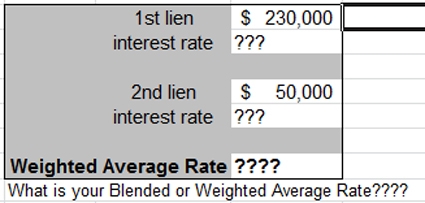Home Building Expected to Rise in 2015
With 2015 well underway, the National Association of Home Builders is looking forward at the coming year. Strong employment, low interest rates, and the greater availability of mortgage loans are making for a very good outlook for the real estate world, as pent-up demand continues to be released across the country.
Though the Millennial generation continues to be hampered by poor wage growth and crippling student debt, this generation is starting to reach the low 30’s. More and more of this key demographic are getting ready to get comfortable and invest in real estate, which should fuel the housing market in the coming years.
With this in mind, NAHB is expecting a rise in homebuilding for 2015. Their forecast shows single-family home production rising 26% to 804,000 units. In terms of multifamily projects, the anticipation is 358,000 building starts, representing a 2% increase over 2014. Sales of new homes for single families is expected to reach 564,000, a 29.3% gain over last year, while residential remodeling is expected to rise by 3%.






